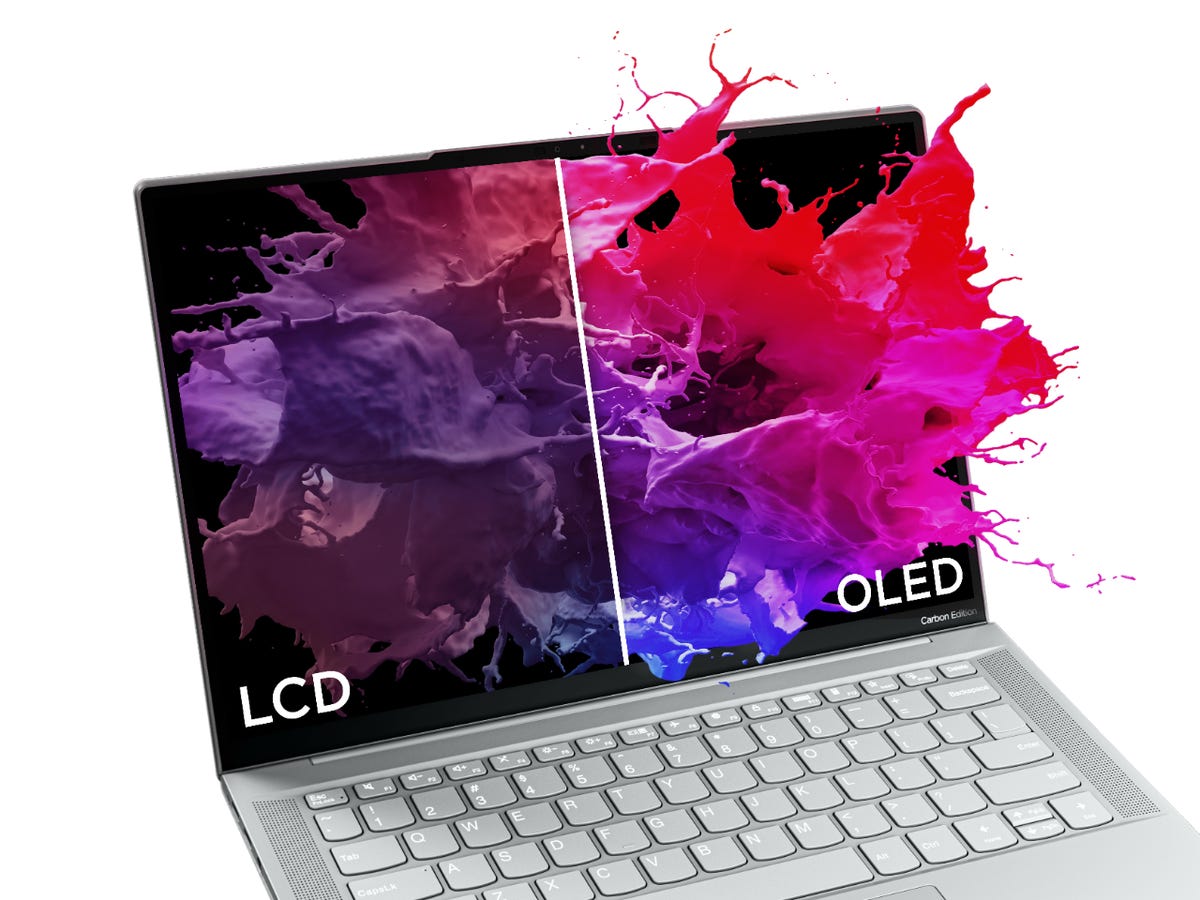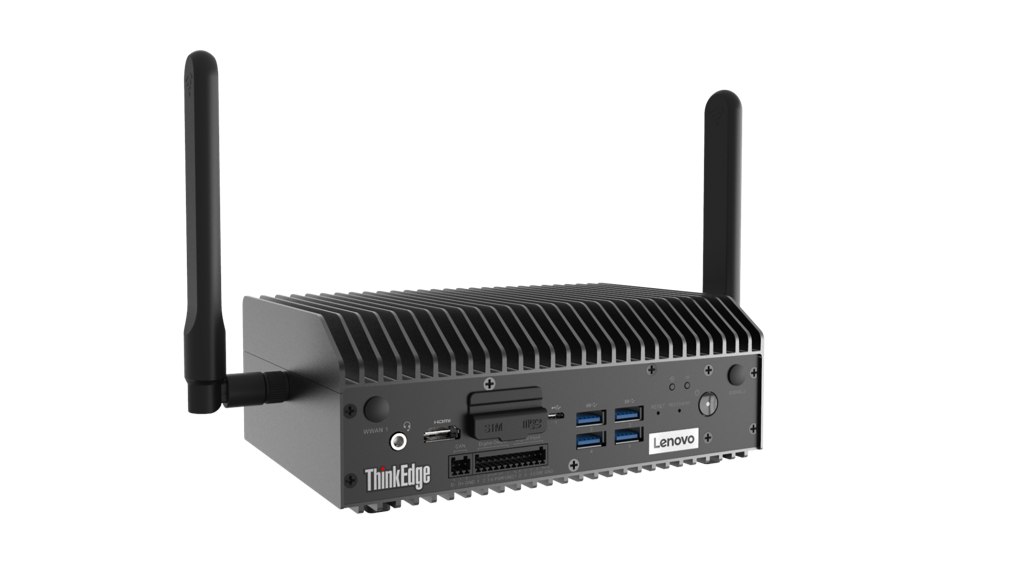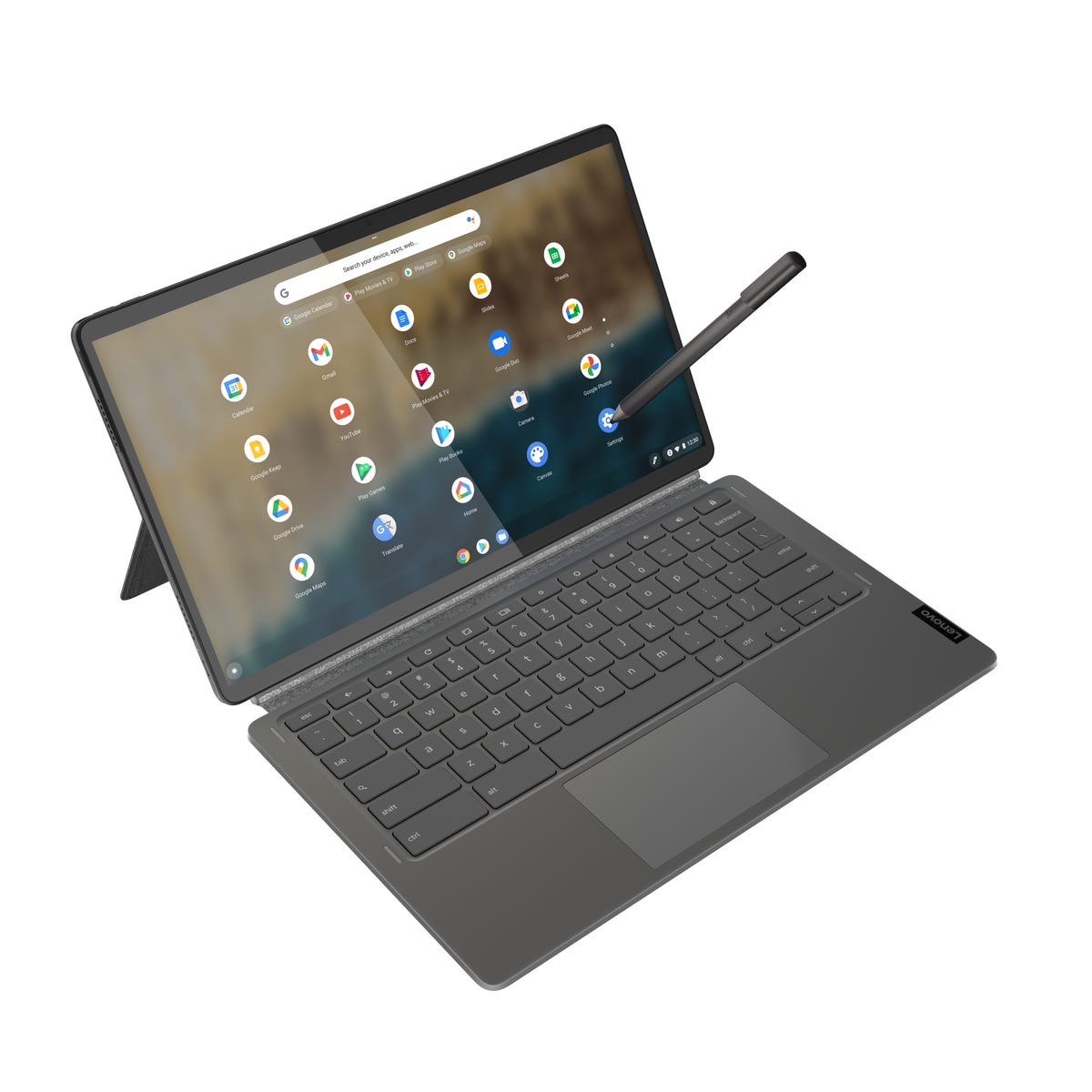
The Yoga Slim 7 Pro.
Image: LenovoAt Lenovo Tech World 2021, Lenovo unveiled a refresh to its Yoga laptop and expanded its edge computing lineups, along with the world’s first detachable OLED Chromebook.
Looking at Lenovo’s Yoga laptops, there are two new devices added to its lineup — the Yoga Slim 7 Pro and the Yoga Slim 7 Carbon.
Labelled as Lenovo’s “souped up Yoga laptop”, the Yoga Slim 7 Pro has a 16-inch QHD touch display with 120Hz refresh rate capability.
The laptop can pack up to an AMD Ryzen 7 5800H mobile processor, Nvidia GeForce RTX 3050 GPU, 16GB of RAM, 1TB of SSD storage, and a 75Wh battery. Lenovo did not provide information on the device’s battery life and charging times.
When explaining the choice to put Nvidia GeForce RTX 3050 graphics into the Yoga Slim 7 Pro, Lenovo representatives said gaming has become more mainstream and it was consistently in the top five use cases for Yoga laptops.
“When we study Yoga usage, we know that gaming is becoming more mainstream. It is consistently in the top five use cases of a laptop, even for the Yoga so I would say this thing can easily take Red Dead Redemption 2 on medium settings,” Lenovo said.
The Yoga Slim 7 Pro also comes with various ports, including one USB-C port, three USB-A ports, an HDMI port, a headphone jack, and an SD reader.

The Yoga Slim 7 Carbon.
Image: LenovoThe Yoga Slim 7 Carbon, meanwhile, has been touted by Lenovo as being the world’s lightest 14-inch QHD+ OLED laptop, weighing in at 1.1kg.
It packs an 8-core AMD RyzenTM 7 5800U Series Mobile Processor, AMD Radeon or Nvidia GeForce MX450 graphics, up to 16GB of RAM and 1TB of SSD storage, and a 61Wh battery. According to Lenovo, the battery’s quick charging capability allows it to get 3 hours of use from 15 minutes of charging.
Much like the Yoga Slim 7 Pro, the Yoga Slim 7 Carbon also has a larger trackpad compared to its predecessor, with Lenovo claiming the trackpad on the new laptop is 25% larger.
For ports, it has a headphone jack and 3 USB-C ports.
Pricing-wise, the Yoga Slim 7 Pro will have a base price of $1,450 and the Yoga Slim 7 Carbon will have a base price of $1,290.

Lenovo also expanded its SE portfolio of edge computing devices with the ThinkEdge SE70.
The ThinkEdge SE70, like previously launched ThinkEdge devices, is aimed at helping customers shift workloads and technologies farther out to the edge.
Unlike previous devices that were powered by Intel technology, the ThinkEdge SE70 is tooled with an Nvidia Jetson Xavier NX and was created in cooperation with Amazon Web Services (AWS) in order to leverage AWS Panaroma.
The Nvidia Jetson Xavier NX uses an AI software stack that includes a 6-core NVIDIA Carmel Arm, 384-core NVIDIA VoltaTM GPU with 48 Tensor Cores. Performance-wise, this provides up to 21 TOPS.
Other specs for ThinkEdge SE70 include a fanless chassis, an IP51 rating, 2TB of PCIe Gen 4 storage, and options to choose which ports are included in the edge computing device. The operational temperature range is from -20 to 60 degrees Celsius.
The device is expected to be available sometime in the first half of 2022, with pricing for the new edge computing device yet to be made available.

The IdeaPad Due 5 Chromebook
Image: LenovoLenovo also unveiled a new Chromebook, the IdeaPad Duet 5 Chromebook, which it has touted as being the world’s first detachable Chromebook with an OLED display.
“I think the big question is why OLED? I think the simple answer is because everything looks good on it, whether you’re streaming YouTube, indulging in light mobile gaming, or just making PowerPoint slides,” Lenovo said.
The IdeaPad Duet 5 Chromebook is a two-in-one detachable device. Looking at its specs, the Chromebook has a 13.3-inch OLED display, a 42Wh battery that Lenovo claims can last up to 15 hours, a 5MP front camera, and a 8MP rear camera.
All of this will be powered by a Snapdragon 7c gen two processor.
The detachable keyboard is the entry-level IdeaPad Duet that was released last year.
The IdeaPad Duet 5 Chromebook will set users back $430 and be available in October.




















